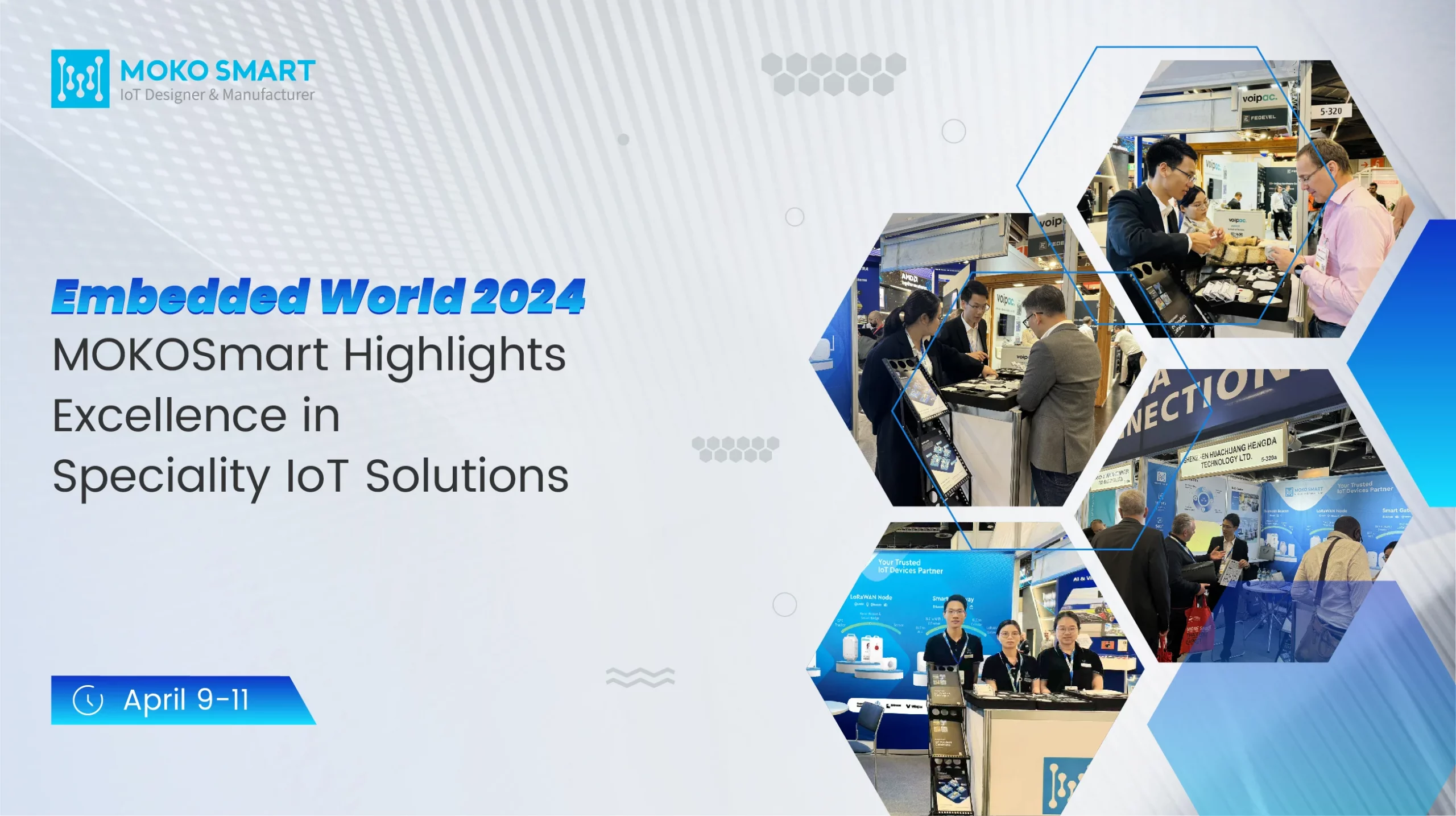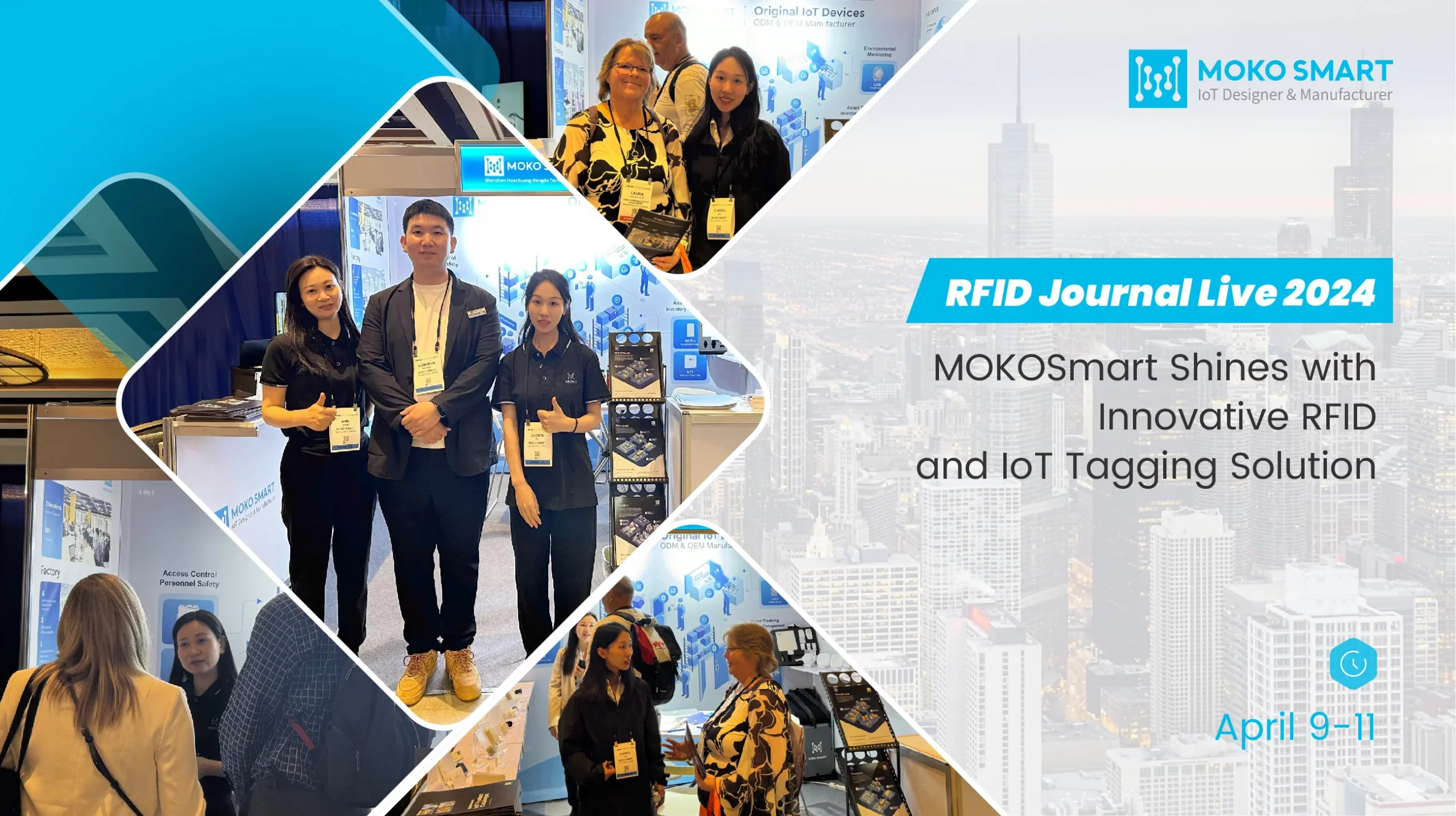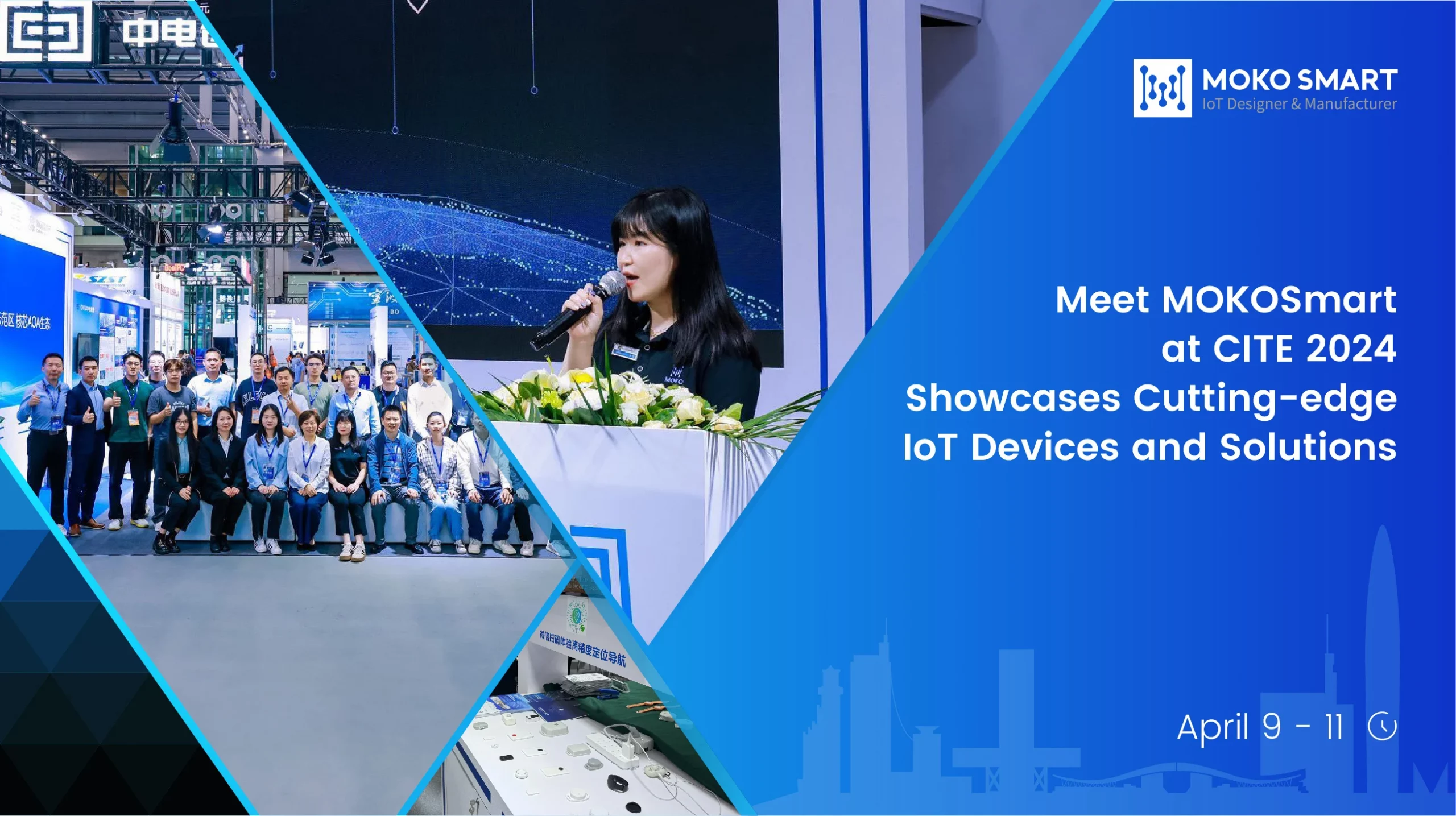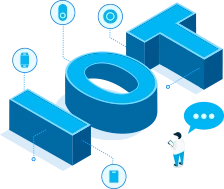LoRa, which stands for “Long Range”, is a wireless connectivity technology optimized for long-range data communication with low power consumption. Unlike Wi-Fi or Bluetooth that have a typical range of under 100 meters, LoRa has a range exceeding 10 kilometers in open air environments.
A LoRa GPS tracker is a device that utilizes LoRa networks to transmit geographic coordinates from its inbuilt GPS module. The long-range LoRa connectivity enables real-time location tracking of assets, vehicles, personnel and more – anytime, anywhere. In this article, we will take a look at how a LoRa GPS Tracker works and what are some of the prospective applications.
How does a LoRa GPS tracker work
The basic architecture of a LoRa GPS tracker consists of:
- GPS module – To obtain geographic coordinates from satellites
- LoRa transceiver – To communicate over LoRa networks
- Microcontroller – To control the device functions
- Battery/Power source
Here is a step-by-step explanation of how LoRa GPS trackers work:
- The GPS module receives location data from satellites orbiting Earth via GPS signals. Subsequently, the microcontroller aggregates the GPS data and prepares packets for transmission over the LoRa network. The LoRa transceiver then encodes these data packets, transmitting them via radio frequencies to LoRa gateways within range.
- Following the transmission, the gateways relay the received GPS data to a cloud network using internet connectivity.
- The cloud server plays a crucial role in processing the raw LoRa packets. It processes the raw LoRa packets, decodes GPS coordinates and makes the location data available on monitoring platforms.
- Users gain access to real-time or historical tracking data through cloud apps or mobile apps. Additionally, alerts can be configured based on geofences for added functionality.
![]()
Benefits of leveraging LoRa trackers
There are many advantages to using LoRa-enabled GPS trackers over other wireless tracking technologies. So, we will discuss them one by one in this section.
![]()
Long Range Connectivity
LoRa is able to cover a very wide area because it has long range connectivity. With a range of up to 15 km in suburban and 5 km in urban areas, LoRa provides connectivity in hard-to-reach locations where other networks fail.
Low Power Consumption
LoRa devices operate for years on batteries due to extremely low power usage, and the LoRa GPS tracker is no exception. They have an amazing battery life which makes them last for up to 10 years. The low power consumption ensures that there is no need for frequent maintenance and routine checks. Therefore, you will save a lot of money and incur a minimum operating cost.
Reliable Network Connectivity
The LoRa network infrastructure ensures reliable data connectivity even if devices go in and out of gateways’ range. The signal can penetrate buildings and underground areas effectively. LoRa allows for better penetration even in densely constructed buildings.
High Scalability
LoRa has a very large capacity which means that it can host a large number of nodes at the same time. A LoRa network can connect millions of devices simultaneously with capacity to support increased number of devices deployed anytime. Therefore, it becomes possible to monitor multiple assets concurrently.
Universal Standardization
LoRaWAN networks are globally available and LoRa is known for providing device interoperability. The LoRaWAN standards ensure compatibility across device manufacturers. It’s easy to deploy LoRa GPS tracker for location tracking of any entity around the globe.
Cost-Effective
Affordable hardware, free public networks and low data usage driving widespread adoption. LoRa technology works on free frequencies and bandwidths. This means that anyone has access to them and can use them without paying anything.
Common applications of LoRa GPS tracking
The unique capabilities of LoRa GPS trackers enable widespread use cases. In this section, we will try to take a brief look at some of the LoRa location tracking use cases.
![]()
Asset Tracking
Containers, pallets, high-value equipment etc. can be tracked in real-time across yards that span thousands of acres. Energy firms can find rented equipment in solar/wind farm sites spanning hundreds of acres. Avoid losses from theft.
Fleet and Vehicle Tracking
Transportation companies equip trucks and vans with battery-powered LoRa GPS trackers. Provide real-time monitoring across long distances without pricey cellular.
Shipping Container Tracking
Maritime ports leverage affordable LoRa trackers to pinpoint the locations of thousands of containers storing highly valuable importer goods as they move through vast, metal-dense yards.
Personnel/Staff Tracking
Deploy LoRaWAN GPS badges on lone technicians working in remote power plants, windmills, and cell towers. Track the locations of lone workers in barely accessible terrain lacking cellular signals to ensure their safety.
Endangered Animal Tracking
Wildlife conservationists fit elephants, rhinos and other endangered species with LoRa GPS collars to study migration routes, habits for years on small batteries to inform protection strategies.
Smart Agriculture
LoRa animal tracking helps farmers monitor grazing cattle locations enabling proactive enclosure rotations for healthier pastures and improved yield.
Popular LoRaWAN GPS trackers on the market
Here are some of the best available LoRaWAN GPS tracker options:
Digital Matter Oyster3
Digital Matter’s best-selling Oyster3 achieves over 10 years of battery life – a 4X improvement via intelligent power management. Its rugged IP68 housing withstands extreme temperatures for reliable long-term asset tracking across regions.
Digital Matter G62
The G62, with its feature-packed design, delivers highly accurate GPS/GLONASS tracking in industrial environments via LoRaWAN. While offering limited customization options and additional sensors, it excels as a turnkey solution for precise tracking in tough industrial settings, fulfilling its promises.
Abeeway Industrial Tracker
Abeeway’s aptly-named Industrial tracker leverages 5+ year battery life with GPS, WiFi, Bluetooth, LoRaWAN in a durable IP65-rated body ideal for remotely monitoring outdoor equipment.
MOKOSmart LW001-BG Pro GPS tracker
As MOKOSmart’s low-cost yet feature-packed waterproof offering, the LW001 BG-PRO GPS tracker is robust but cost-effective. Leveraging IP67 waterproofing and 5+ years of battery life, it delivers reliable and flexible LoRaWAN tracking of outdoor assets and vehicles.
MOKOSmart LW008-MT/MTP mini tracker
Compared to LW001, LW008 is ultra-compact and supports LoRa Cloud. The ultra-compact LW008-MT series delivers inexpensive, versatile asset tracking via long-life LoRaWAN connectivity across space-constrained use cases.
How to select a LoRa GPS tracker
Here are key considerations when selecting a LoRa-based GPS tracking system:
Deployment Environments: Determine where the trackers will be deployed – indoors, outdoors, harsh environments etc. For predominantly outdoor usage, basic models suffice while rugged, waterproof models may be required for challenging environments.
Connectivity Options: While LoRa provides excellent range, also consider secondary connectivity options like Wi-Fi, Bluetooth for more frequent location pings when accessible.
Battery Life: Battery lifespan varies based on capacity, number of position updates required, environmental operation etc. Solar charging can prolong operations.
Geofencing and Alerts: The software platform should allow drawing geofences, speed alerts etc. API integrations must also be enabled to transmit data to other systems.
Certifications: Check conformance to IP ratings, LoRaWAN standards, region-specific telecom regulations etc. when selecting trackers.
Cost Considerations: Compare hardware costs, data plans, platform fees etc. Expect costs to fall with LoRa adoption. Weigh TCO against risks of not tracking assets.
Where can I get a LoRaWAN GPS tracker device?
If you are looking for a reliable LoRaWAN tracker then you are in the right place. MOKOSmart is a renowned name in the IoT industry and we have a spotless track record. We specialize in LoRaWAN products and LW001-BG is one of our flagship products. Our LoRaWAN GPS trackers deliver prominent features, including:
- It is based on standard LoRaWAN protocol.
- It has a built-in motion-tracking sensor and integrates GPS, Bluetooth, and WiFi.
- Roubust enclosure and versatile installation methods.
- Ideal for asset management and tracking, shipment containers tracking, and store inventory management.
- Also ideal for theft protection, pet tracking, personnel tracking, and outdoor tracking.
We have years of experience and have established a dedicated R&D department. Hence, we have mass-production capabilities. Additionally, if you have unique requirements then we can customize the LoRa GPS tracker to meet your needs. You can reach out to us if you want to know more about our product or if you want a quote.
FAQs about LoRa/LoRaWAN GPS trackers
What is the typical battery life of a LoRa GPS tracker?
Depending on usage, LoRa trackers last 2-5 years on batteries due to very low power consumption of LoRa connectivity. Factors like update frequency, battery capacity affect lifespan.
Can LoRa devices work indoors?
LoRa uses sub-1Ghz radio frequencies that penetrate buildings and structures better than Wi-Fi or cellular. But thich walls and basements can still degrade signals. Ensuring gateway access is recommended.
Does weather affect LoRa GPS trackers?
LoRa technology is resilient to environmental factors and weather compared to other wireless standards. Heavy snow or rainfall may have temporary impact but connectivity restores quickly.
How to choose the number of LoRa gateways needed?
LoRa gateway coverage spans ~2km in urban areas. For sparse rural areas, gateways every 5-10 km suffices. Mapping planned tracker locations and gateways helps determine the numbers needed.
Can other wireless sensors be connected via LoRa?
Yes, LoRa’s long range and dual-way communication enables numerous sensor use cases beyond GPS tracking – environment sensors, soil moisture, tank levels etc.





























